Home>Furniture & Design>Interior Design Trends>How Many Glass Of Wine In A Bottle
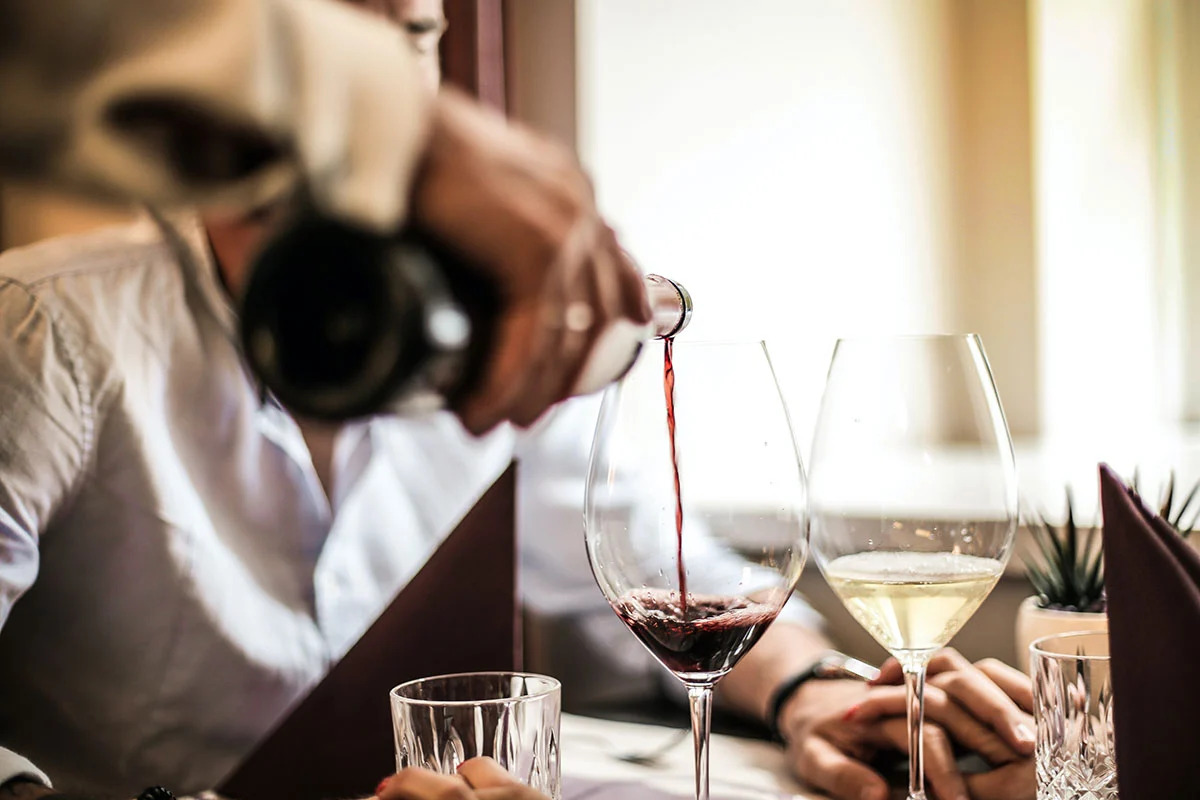

Interior Design Trends
How Many Glass Of Wine In A Bottle
Modified: February 18, 2024
Discover the latest interior design trends and learn how many glasses of wine are in a bottle. Explore the perfect balance of style and indulgence. Unlock the secrets today!
(Many of the links in this article redirect to a specific reviewed product. Your purchase of these products through affiliate links helps to generate commission for Storables.com, at no extra cost. Learn more)
Introduction
When it comes to enjoying a glass of wine, the question of how many glasses can be poured from a single bottle often arises. Whether you're hosting a gathering, planning a romantic dinner, or simply savoring a glass at the end of a long day, understanding the dynamics of wine bottle sizes and serving portions can enhance the overall experience. The number of glasses of wine in a bottle can vary based on several factors, including the standard serving size, the type of wine, and the size of the bottle itself.
Understanding the relationship between these elements can help individuals make informed decisions when purchasing wine and ensure that they have the appropriate quantity for their specific occasion. From intimate gatherings to festive celebrations, the number of glasses of wine in a bottle plays a crucial role in planning and enjoying memorable moments. Let's delve into the details of standard serving sizes, the impact of different bottle sizes, and the factors that influence the number of glasses that can be poured from a single bottle of wine.
Key Takeaways:
- Enjoying wine responsibly means pouring 5-ounce servings, allowing for appreciation of flavors without overwhelming the palate. Understanding serving sizes helps plan for gatherings and ensures moderation.
- The diverse bottle sizes, from standard to grand formats, add intrigue and customization to the wine experience, catering to various occasions and preferences. Each pour reflects the essence of the wine, enhancing enjoyment.
Read more: How Many Wine Glasses Are In A Bottle?
Standard Serving Size
The standard serving size for wine is a fundamental aspect to consider when determining the number of glasses that can be poured from a single bottle. A typical serving of wine is approximately 5 ounces, which is equivalent to 150 milliliters. This standard measure is widely accepted and is based on recommendations from various wine organizations and regulatory bodies.
When pouring a glass of wine, it is essential to adhere to the standard serving size to ensure that each guest receives an appropriate portion. This not only promotes responsible consumption but also allows individuals to fully appreciate the flavors and aromas of the wine without overwhelming their palates.
Understanding the standard serving size also facilitates accurate planning for events and gatherings. Whether hosting a dinner party or organizing a social gathering, having a clear grasp of the serving size enables hosts to estimate the quantity of wine needed based on the number of guests. By multiplying the standard serving size by the number of attendees, hosts can ascertain the total volume of wine required to accommodate their guests adequately.
Moreover, the standard serving size serves as a guideline for individuals who are mindful of their alcohol intake. By being aware of the recommended portion, wine enthusiasts can enjoy their favorite varietals in moderation, savoring each glass without exceeding their desired consumption levels.
In addition to its practical implications, understanding the standard serving size also contributes to the overall enjoyment of wine. By pouring the appropriate amount into each glass, individuals can fully experience the nuances and characteristics of the wine, allowing them to engage all their senses and appreciate the beverage to its fullest extent.
Ultimately, the standard serving size forms the foundation for determining the number of glasses of wine that can be poured from a single bottle. It sets the stage for responsible consumption, accurate event planning, and the optimal enjoyment of wine, making it an essential consideration for both hosts and enthusiasts alike.
Different Bottle Sizes
The world of wine is adorned with an array of bottle sizes, each bearing its own unique charm and purpose. From the standard 750-milliliter bottle to larger formats designed for special occasions, the diversity of bottle sizes adds an intriguing dimension to the wine experience.
Standard 750-Milliliter Bottle
The 750-milliliter bottle, often referred to as the standard or regular bottle, is the most prevalent size in the wine industry. This classic format is commonly used for retail sales and encompasses a wide range of varietals, including red, white, rosé, and sparkling wines. Its versatile nature makes it suitable for everyday enjoyment, whether shared over a meal or savored during a casual gathering.
Magnum (1.5 Liters)
Stepping beyond the standard size, the magnum bottle holds 1.5 liters of wine, equivalent to two standard bottles. Embraced for its association with celebrations and grandeur, the magnum exudes an air of festivity and is often favored for special occasions and communal revelries. Its larger volume not only makes it ideal for sharing among a group but also contributes to the aging process, allowing the wine to develop distinct characteristics over time.
Read more: How Many Glasses Of Champagne In A Bottle
Jeroboam (3 Liters)
Moving further along the spectrum of bottle sizes, the jeroboam contains 3 liters of wine, equivalent to four standard bottles. This impressive format is renowned for its presence at lavish gatherings and signifies abundance and opulence. Whether gracing the tables of extravagant events or adorning the cellars of collectors, the jeroboam commands attention and embodies the spirit of generosity and conviviality.
Other Large Formats
Beyond the jeroboam, wine enthusiasts encounter an assortment of larger formats, each bearing its own evocative name and cultural significance. From the methuselah (6 liters) to the nebuchadnezzar (15 liters), these grand bottles evoke a sense of awe and admiration, symbolizing the grandeur of special occasions and the allure of time-honored traditions.
Half Bottles and Piccolos
In contrast to the grandeur of large formats, half bottles and piccolos offer a more intimate and accessible experience. Half bottles, containing 375 milliliters, are perfect for solo indulgence or intimate gatherings, allowing individuals to enjoy a smaller quantity of wine without committing to a full-sized bottle. Similarly, piccolos, with a volume of 187.5 milliliters, cater to moments of solitary pleasure and convenience, making them a charming addition to picnics, travel, and spontaneous celebrations.
Tailoring the Experience
The diverse array of bottle sizes not only caters to various occasions and preferences but also adds a layer of intrigue and customization to the wine experience. Whether selecting a magnum for a jubilant gathering, a half bottle for a cozy evening, or a standard bottle for everyday enjoyment, the choice of bottle size can enhance the ambiance and elevate the enjoyment of wine, underscoring its role as a versatile and captivating beverage.
In essence, the spectrum of bottle sizes in the world of wine embodies a rich tapestry of tradition, celebration, and personal enjoyment, offering an array of options to suit every occasion and inclination. From the understated elegance of a standard bottle to the grandeur of larger formats, each size contributes to the allure and diversity of the wine landscape, enriching the experience for enthusiasts and connoisseurs alike.
Read more: How Many Calories Are In A Glass Of Wine
Factors Affecting Number of Glasses
The number of glasses of wine that can be poured from a single bottle is influenced by several factors, each contributing to the overall experience of enjoying and serving wine. Understanding these factors is essential for both hosts and enthusiasts, as it enables them to make informed decisions when selecting and serving wine, ensuring that the quantity aligns with the specific occasion and preferences of the participants.
Wine Varietal and Style
The type of wine being poured significantly impacts the number of glasses that can be served from a bottle. Varietals with varying levels of sweetness, viscosity, and effervescence may require different pouring volumes to achieve the standard serving size. For example, a full-bodied red wine may necessitate a slightly smaller pour compared to a light-bodied white wine to ensure that each glass contains the recommended 5-ounce serving. Similarly, sparkling wines, with their effervescent nature, may require a more measured pour to accommodate the addition of bubbles and maintain the desired serving size.
Glassware Size and Shape
The dimensions of the wine glasses being used also play a role in determining the number of glasses that can be poured from a single bottle. The capacity and shape of the glasses influence the pour volume required to achieve the standard serving size. For instance, larger, broad-bowled glasses may necessitate a more generous pour, while smaller, narrower glasses may accommodate a more conservative serving. Additionally, the shape of the glass can impact the aeration and presentation of the wine, further influencing the pouring volume to optimize the tasting experience.
Personal Pouring Preferences
Individual pouring preferences, influenced by factors such as personal taste, cultural customs, and serving traditions, contribute to the variability in the number of glasses that can be poured from a bottle. Some individuals may prefer a more generous pour, while others may opt for a more moderate serving size. Understanding and accommodating these preferences is essential for hosts and servers, as it allows them to tailor the pouring volume to align with the expectations and inclinations of their guests, ensuring a personalized and enjoyable wine service experience.
Read more: How Many Milliliters Is A Glass Of Wine
Wine Age and Oxidation Considerations
In the context of aged wines, particularly those with extended bottle aging, considerations related to sediment and oxidation may impact the pouring volume and the number of glasses that can be served. Decanting and careful pouring techniques are often employed to minimize the transfer of sediment into the glasses, necessitating a more restrained pour to maintain the clarity and purity of the wine. Similarly, wines that are particularly sensitive to oxidation may benefit from a more measured pour to minimize exposure to air and preserve their delicate aromas and flavors.
Environmental and Serving Conditions
The surrounding environment and serving conditions, including factors such as temperature, humidity, and lighting, can influence the pouring volume and the number of glasses that can be served from a bottle. In warmer settings, where wine may be more susceptible to temperature fluctuations, a more conservative pour may be warranted to mitigate the impact of heat on the wine's sensory attributes. Likewise, in low-light environments, where visual assessments of the pour may be challenging, servers may opt for a more deliberate and controlled pouring technique to ensure accuracy and precision.
In essence, the number of glasses of wine that can be poured from a single bottle is shaped by a myriad of factors, each contributing to the art and science of serving and enjoying wine. By considering the interplay of wine varietals, glassware dimensions, personal preferences, aging considerations, and environmental factors, hosts and enthusiasts can navigate the complexities of wine service with finesse, ensuring that each pour reflects the essence of the wine and enhances the overall experience for all participants.
Conclusion
In the realm of wine, the question of how many glasses can be poured from a single bottle transcends mere arithmetic and delves into the artistry and nuances of wine enjoyment and service. The interplay of standard serving sizes, diverse bottle formats, and a multitude of influencing factors underscores the dynamic and multifaceted nature of the wine experience.
Understanding the standard serving size, which typically equates to 5 ounces or 150 milliliters, serves as a cornerstone for responsible consumption, accurate event planning, and the optimal enjoyment of wine. By adhering to this recommended portion, individuals can savor the complexities and subtleties of wine without overwhelming their palates, fostering a deeper appreciation for the beverage.
The spectrum of bottle sizes, ranging from the standard 750-milliliter bottle to grand formats such as magnums, jeroboams, and beyond, adds a layer of intrigue and customization to the wine experience. Each bottle size carries its own symbolic significance, catering to a diverse array of occasions and preferences, and enriching the wine landscape with a sense of tradition, celebration, and personal enjoyment.
The number of glasses of wine that can be poured from a single bottle is influenced by a myriad of factors, including the wine varietal and style, glassware dimensions, personal pouring preferences, wine age and oxidation considerations, and environmental and serving conditions. Navigating these factors with finesse and consideration allows hosts and enthusiasts to tailor the wine service experience, ensuring that each pour reflects the essence of the wine and enhances the overall enjoyment for all participants.
In essence, the number of glasses of wine in a bottle embodies a harmonious blend of precision, artistry, and conviviality. By embracing the interplay of serving sizes, bottle formats, and influencing factors, individuals can elevate their wine experiences, whether through intimate gatherings, festive celebrations, or moments of solitary indulgence. The journey of pouring a glass of wine from a bottle transcends mere quantity; it encapsulates the essence of camaraderie, appreciation, and the timeless allure of wine, enriching the lives of enthusiasts and connoisseurs with each thoughtful pour.
Frequently Asked Questions about How Many Glass Of Wine In A Bottle
Was this page helpful?
At Storables.com, we guarantee accurate and reliable information. Our content, validated by Expert Board Contributors, is crafted following stringent Editorial Policies. We're committed to providing you with well-researched, expert-backed insights for all your informational needs.
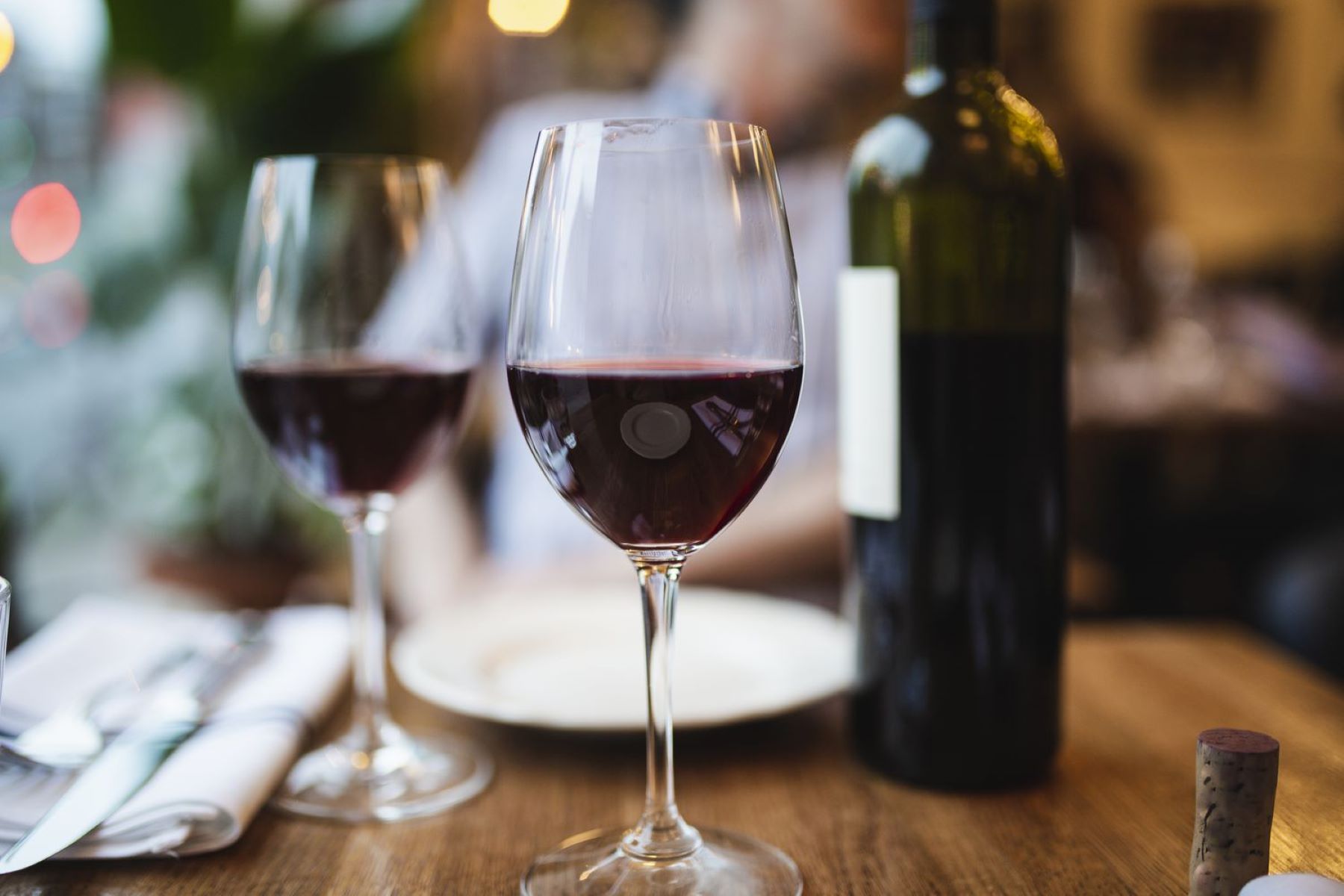
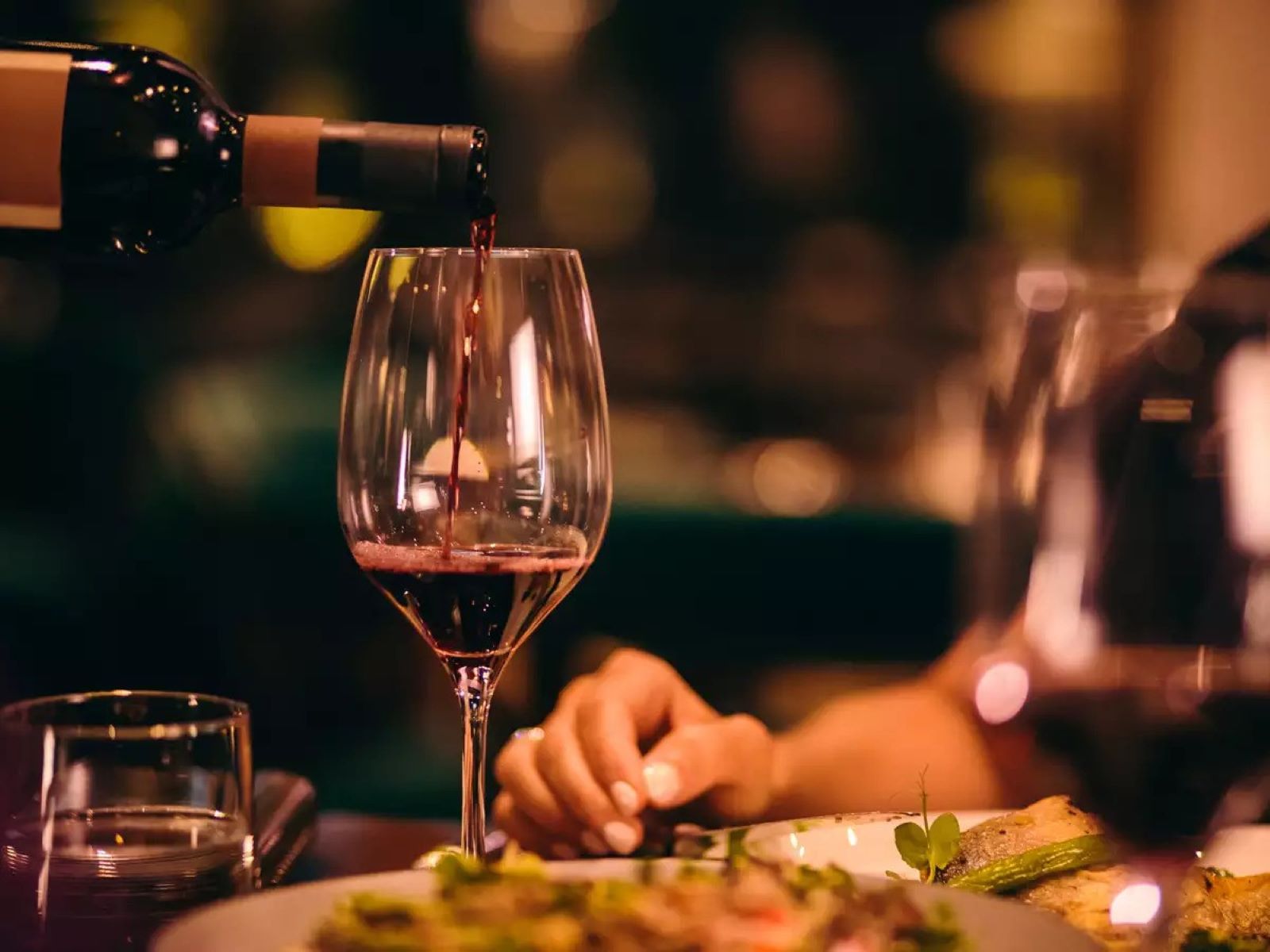
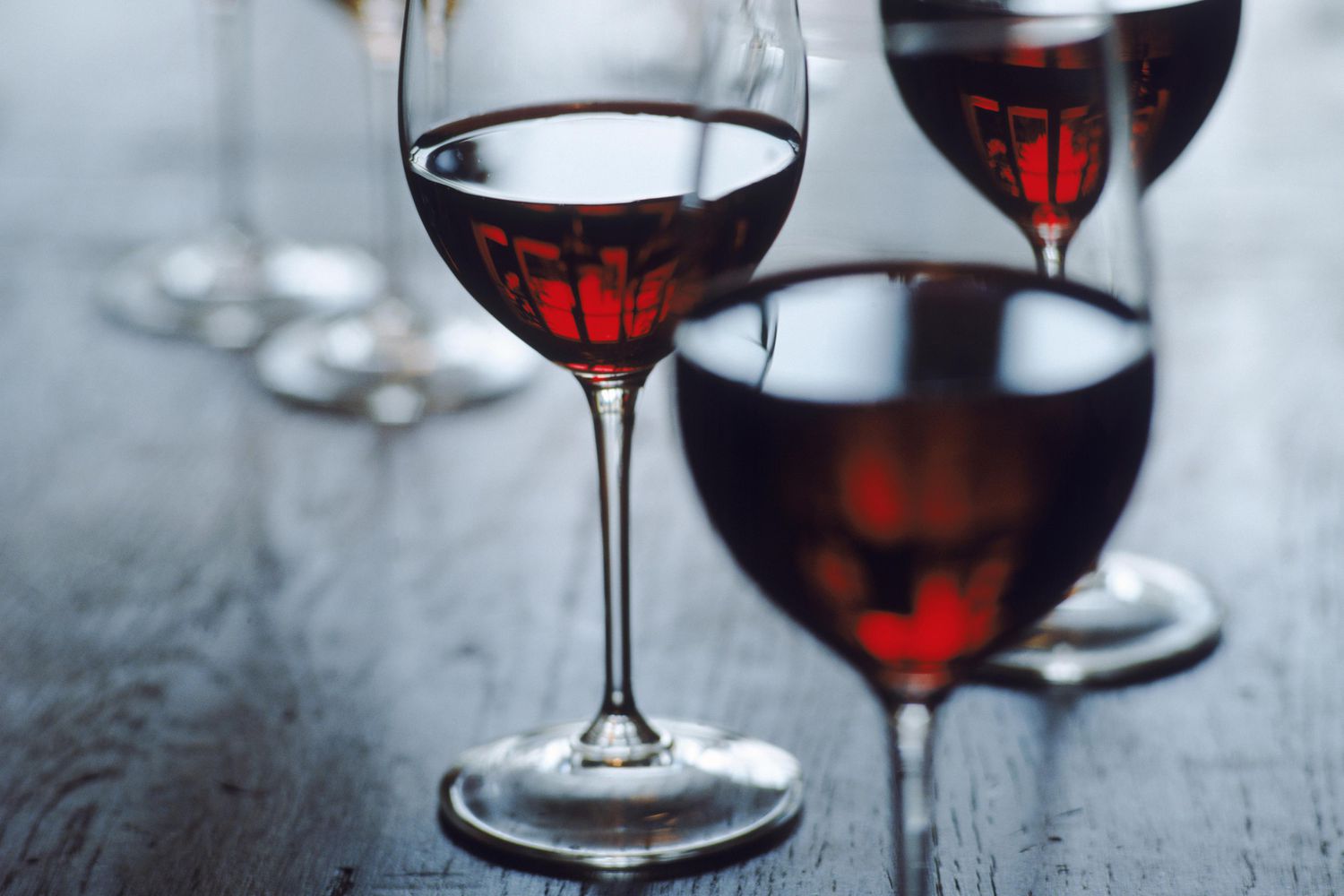
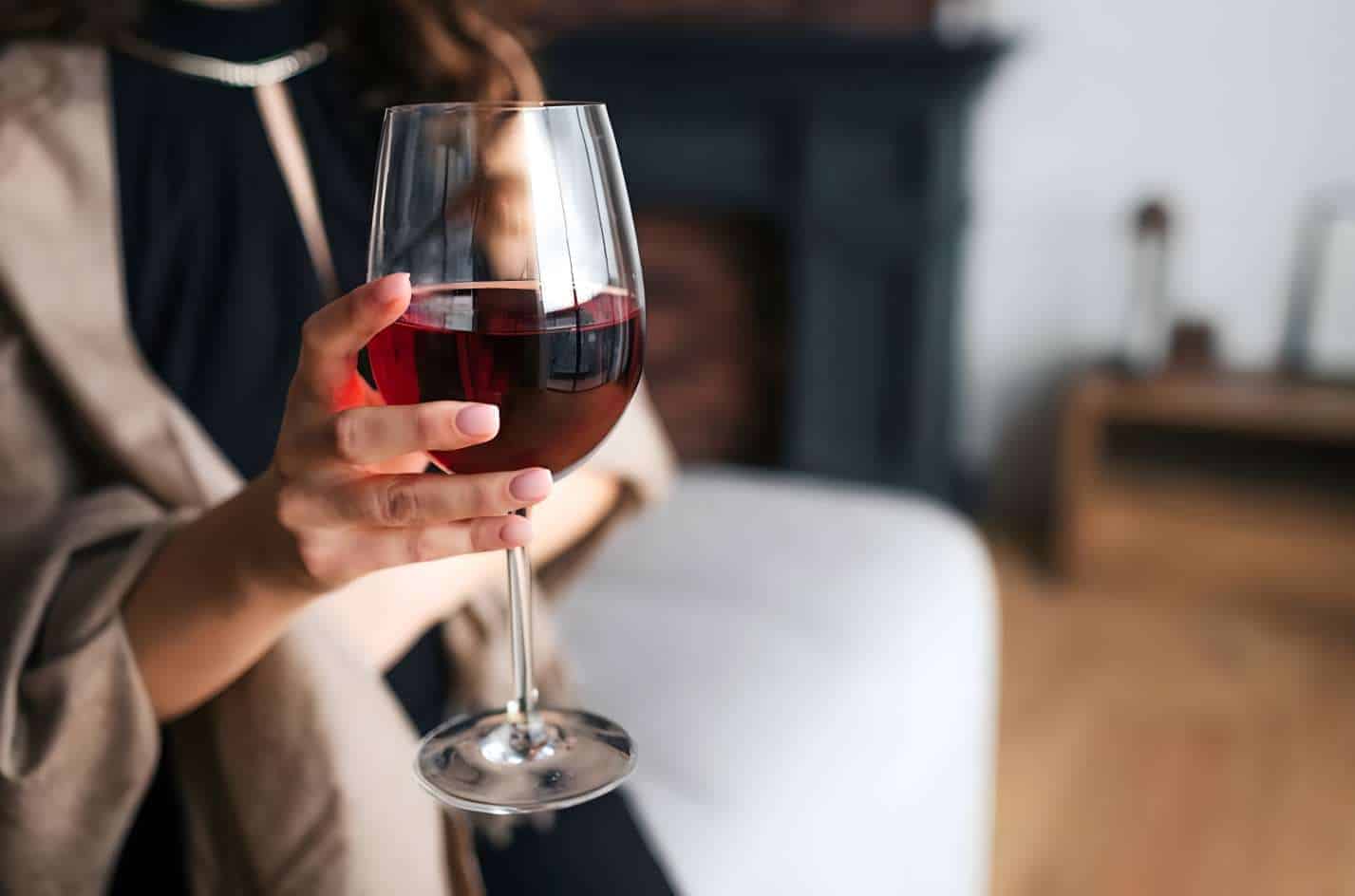
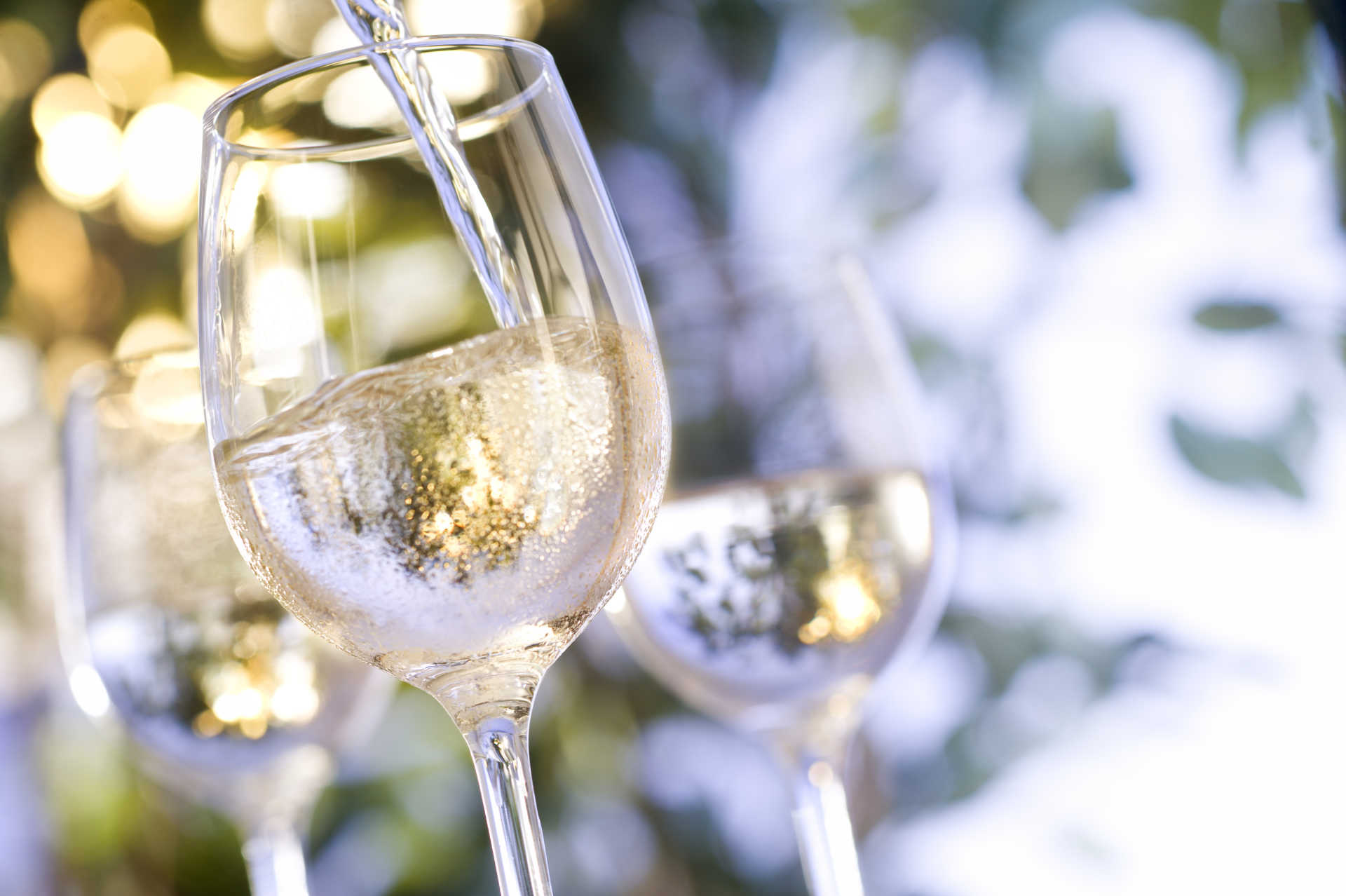
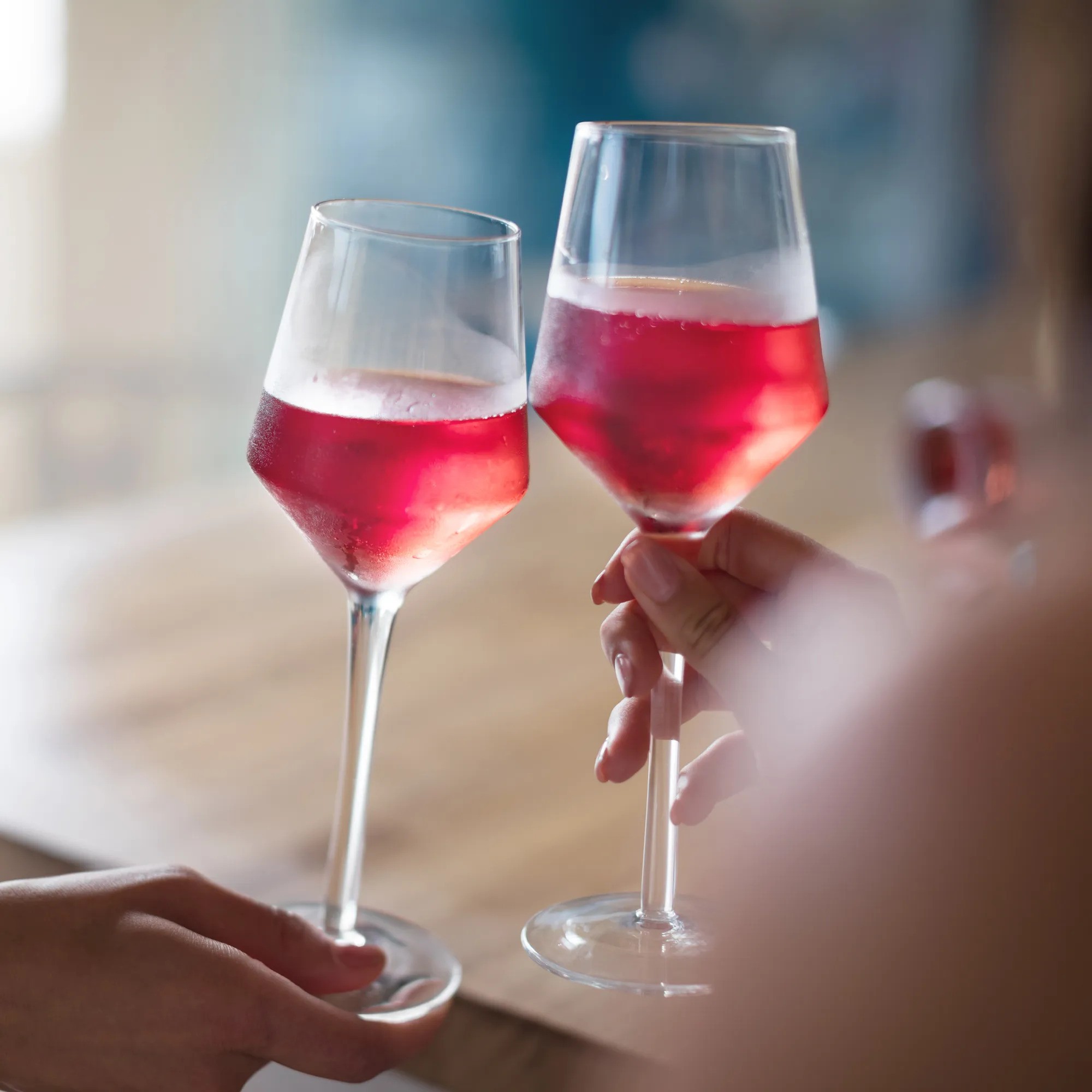
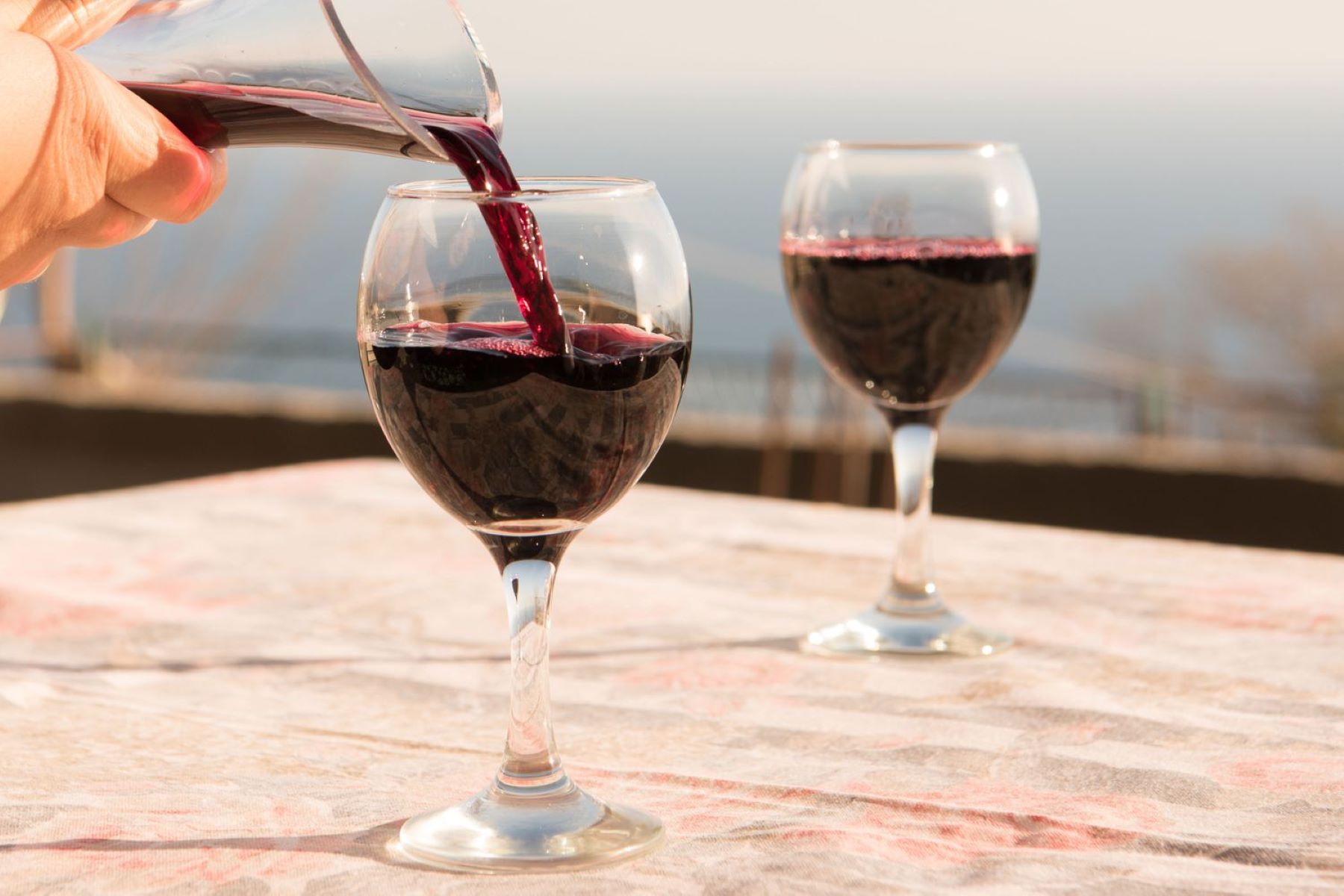
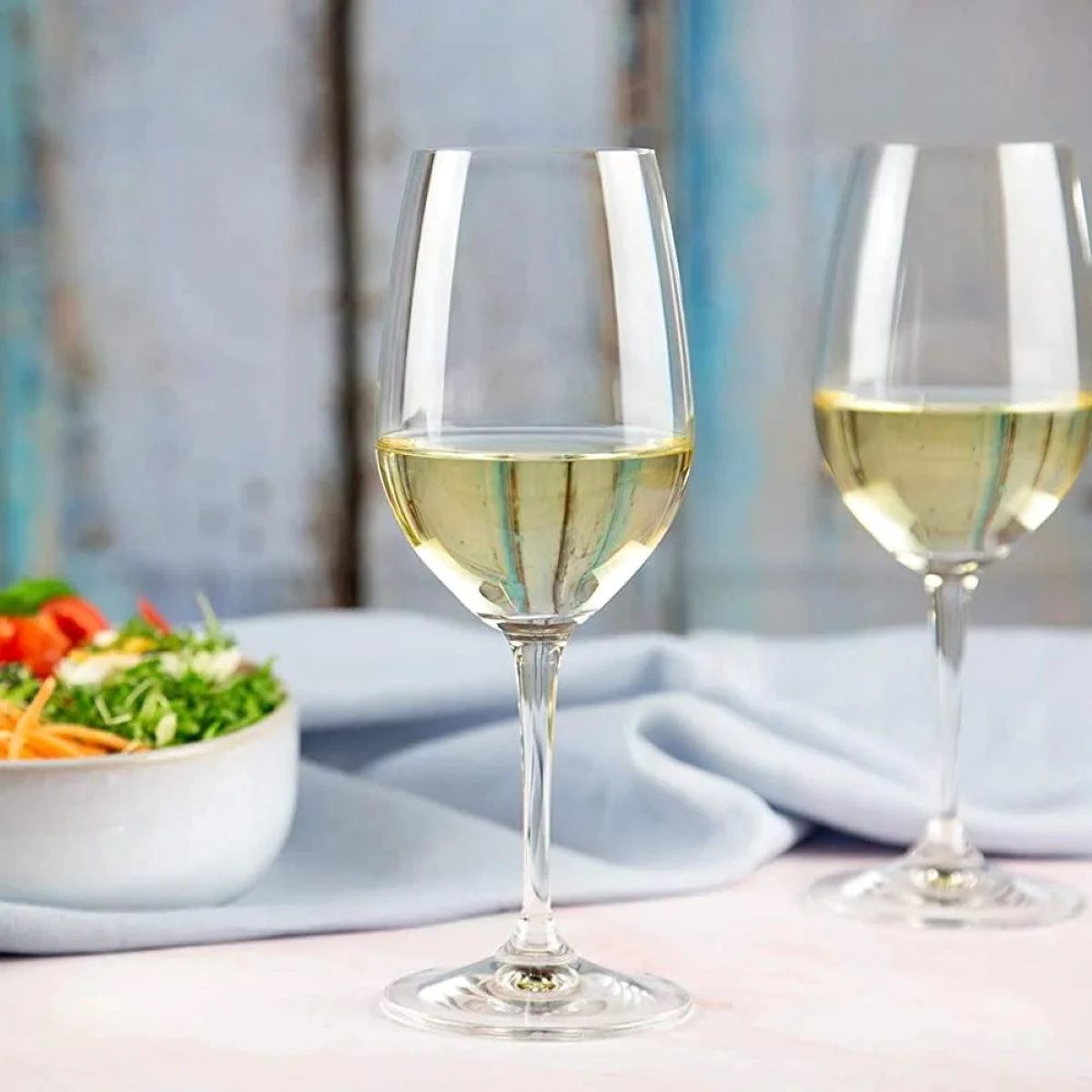
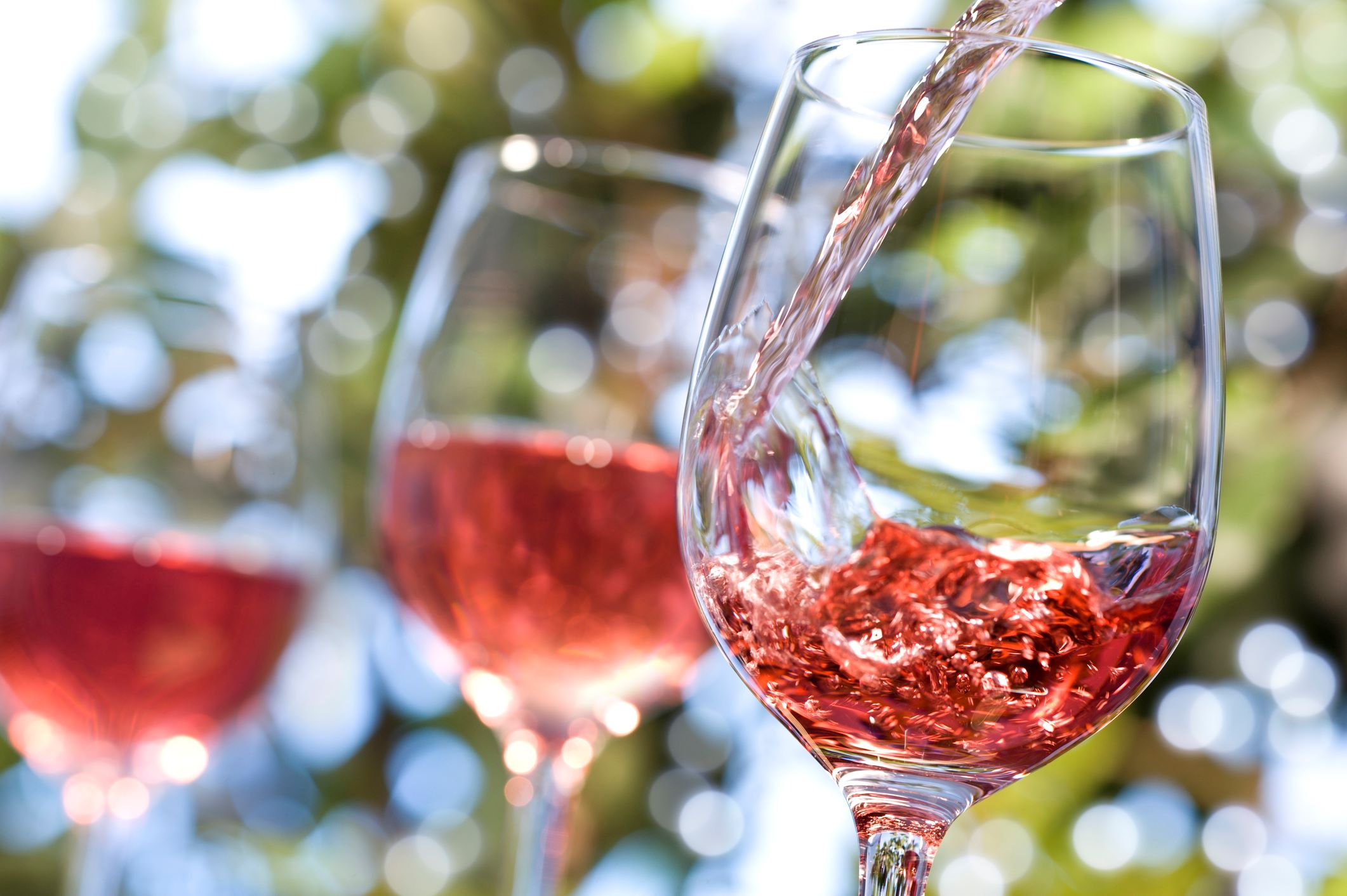
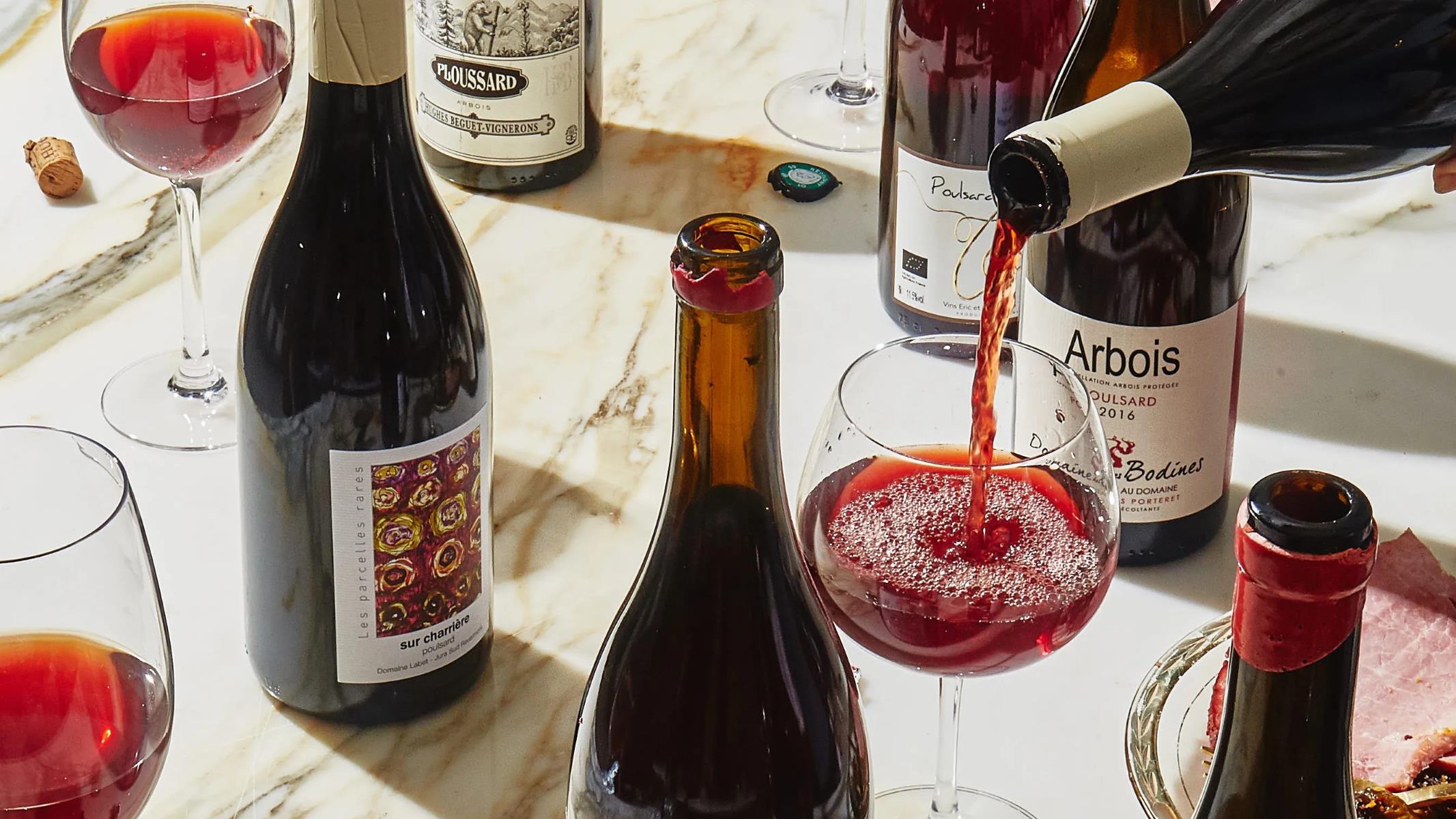
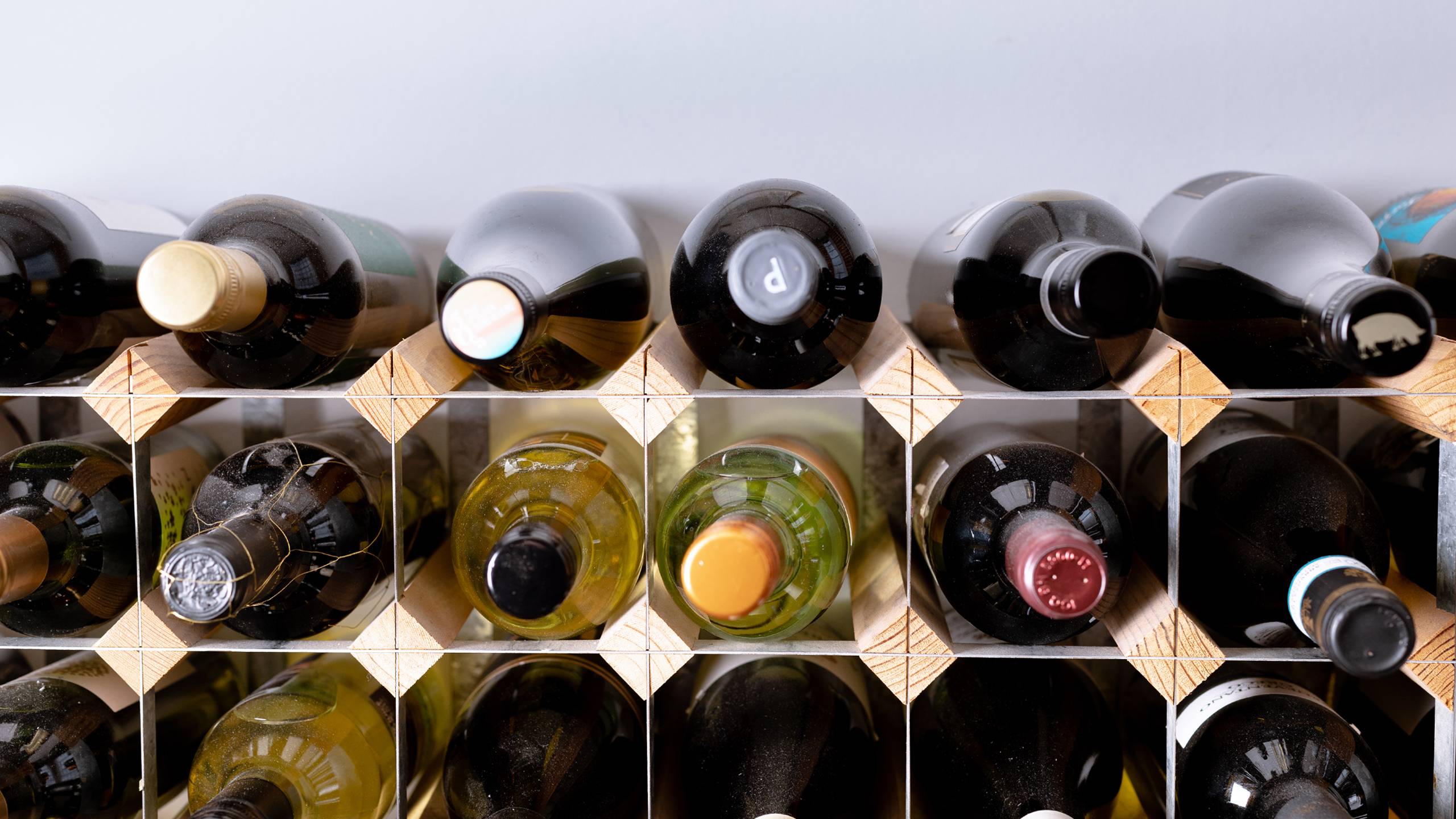
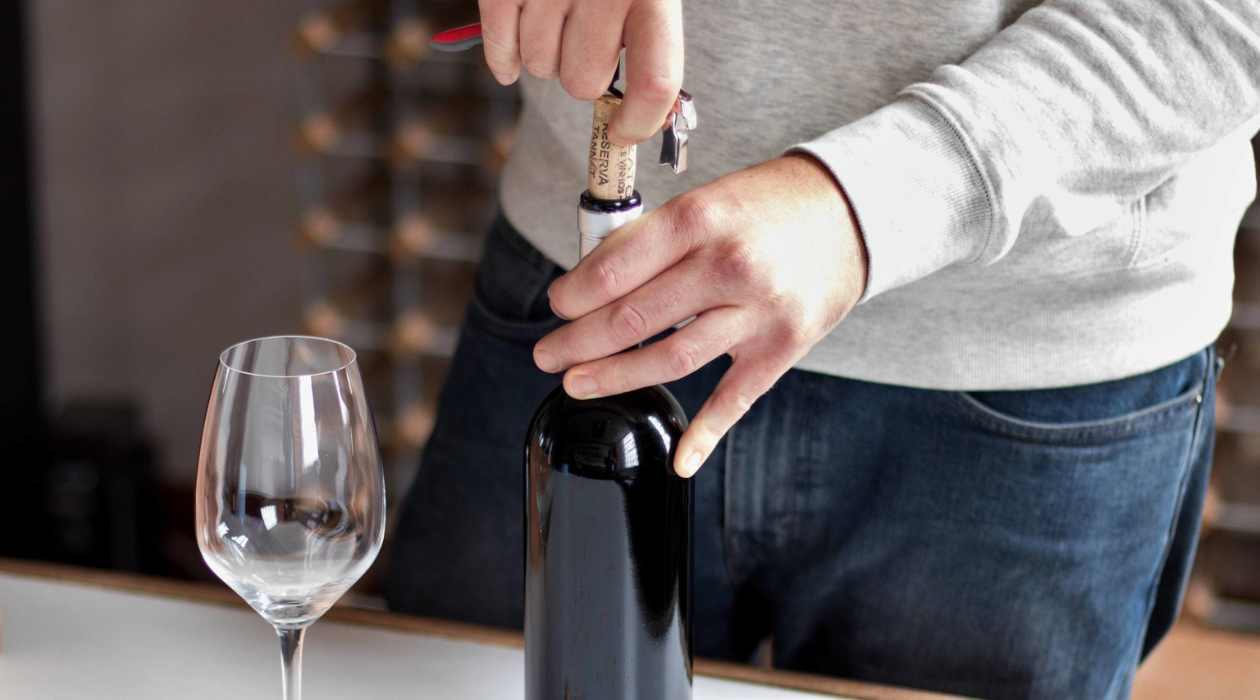

0 thoughts on “How Many Glass Of Wine In A Bottle”